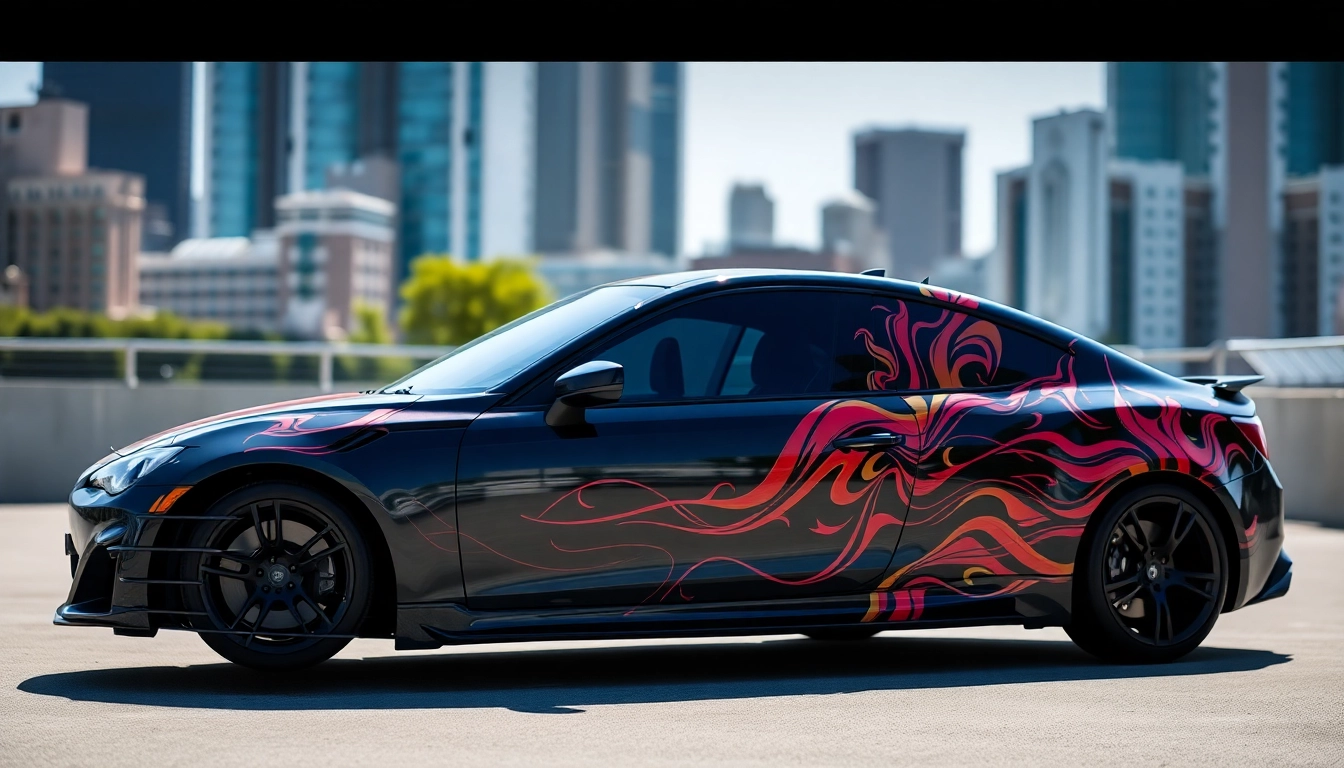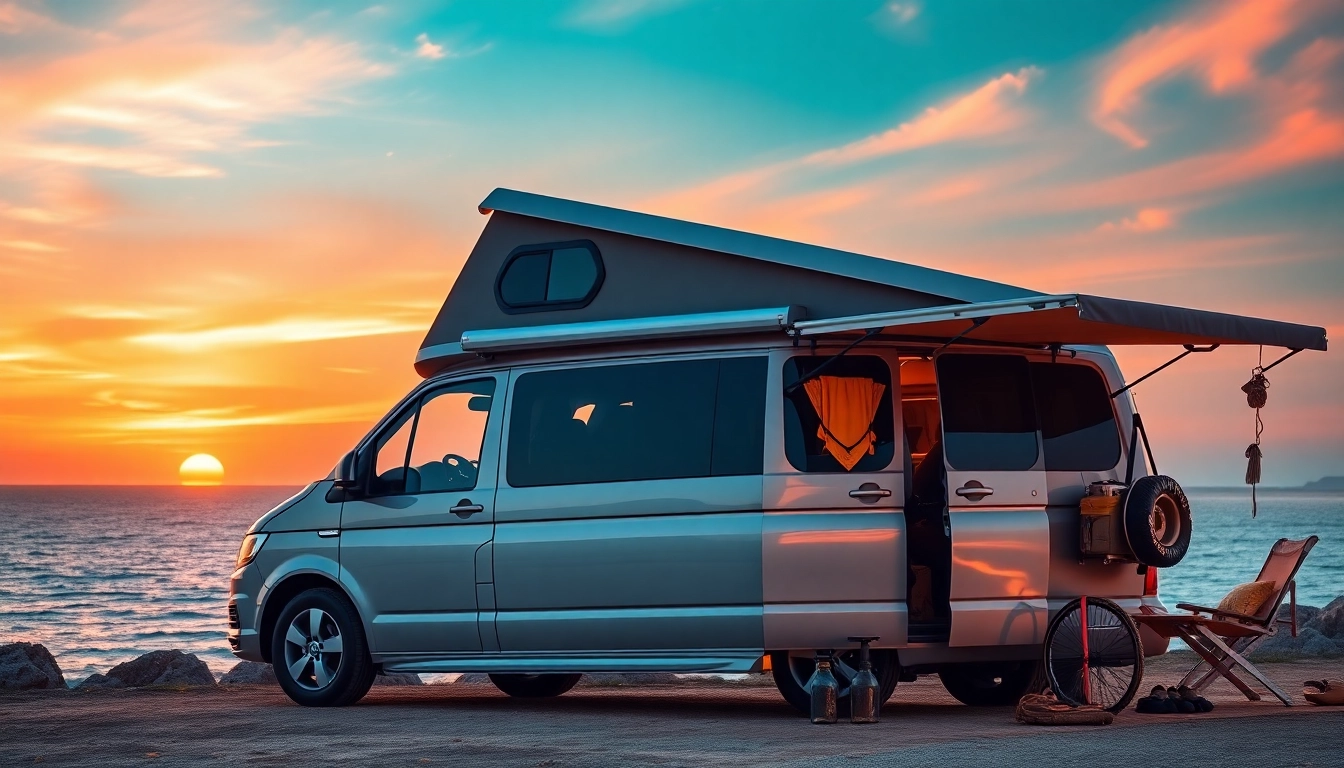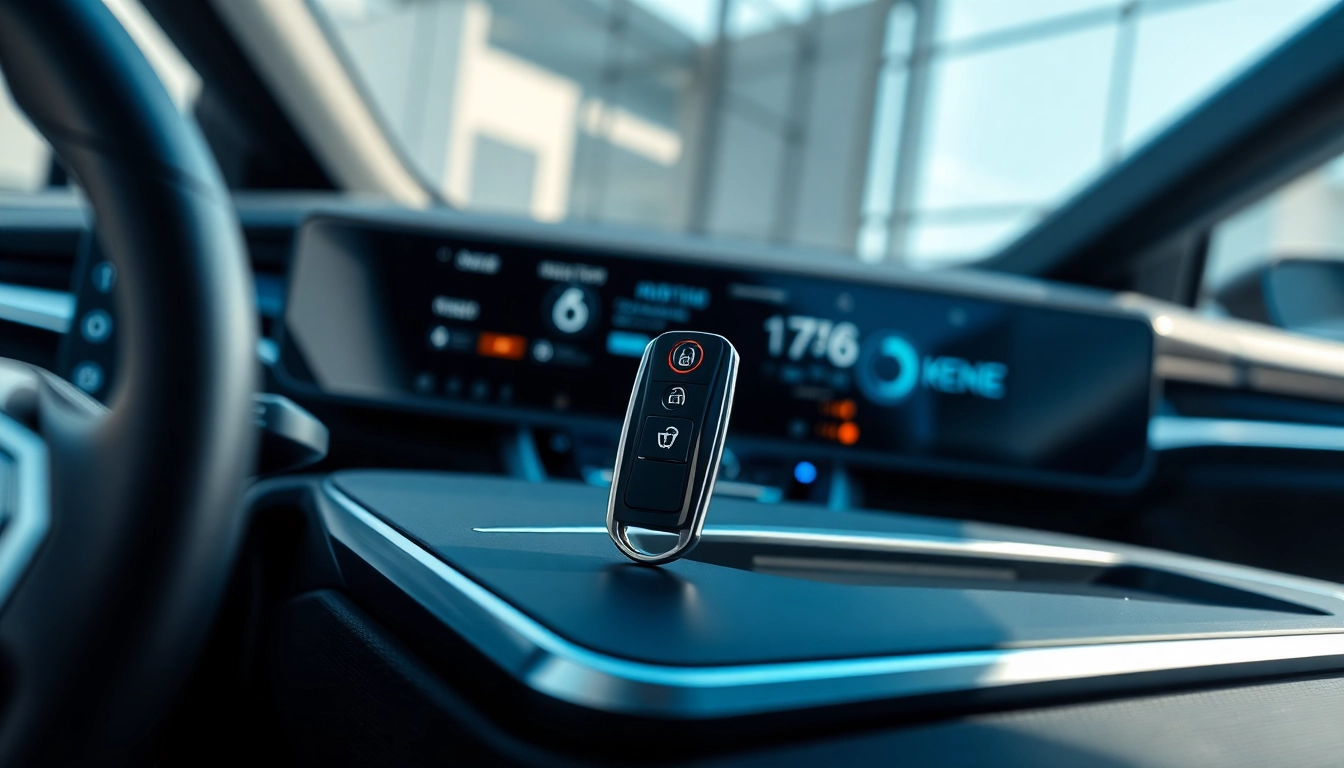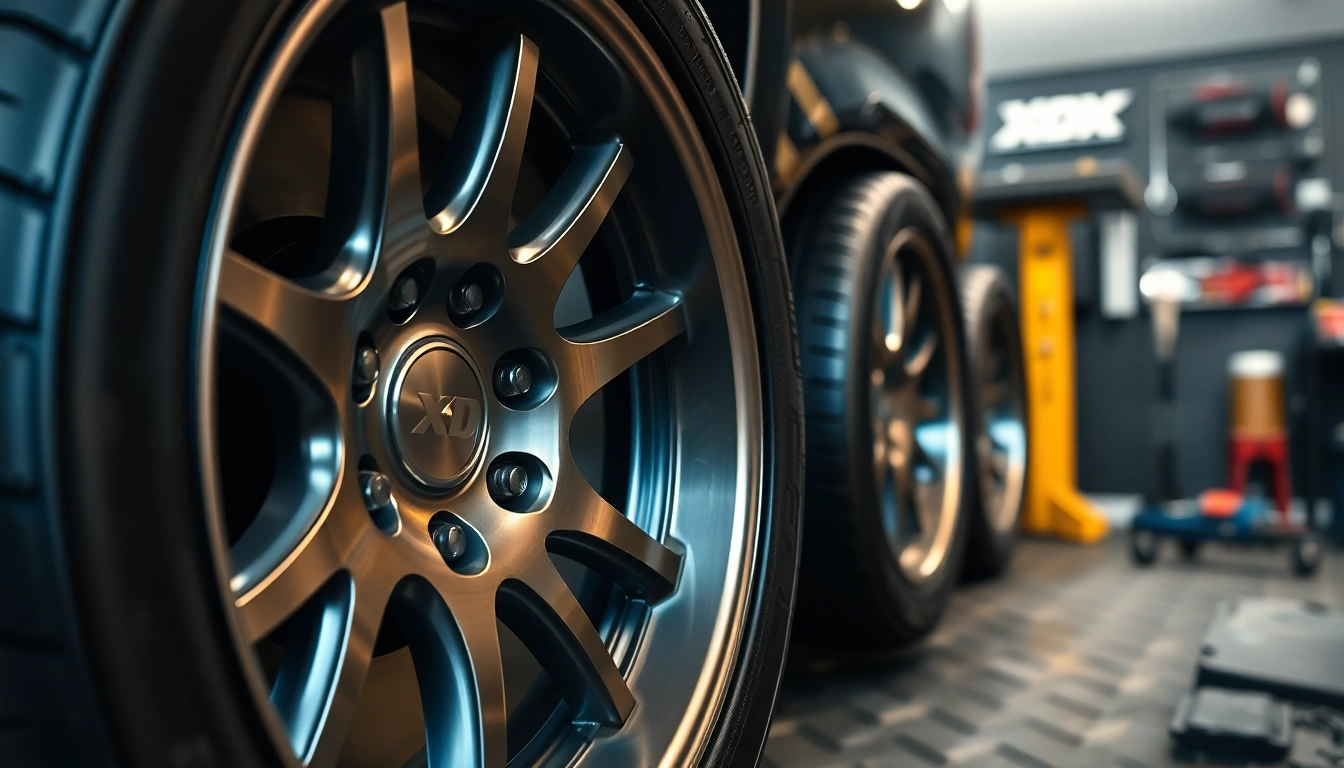Understanding Full Wrap Services
In an era where branding and visibility are paramount for businesses and individuals alike, Full Wrap Services offer an innovative solution. By utilizing custom vinyl wraps, you can transform your vehicle into a mobile advertisement that catches the eye and drives engagement. This article delves deep into the intricacies of full wrap services, covering everything from the definition of vehicle wraps to their benefits, types, installation processes, costs, and real-world examples of success.
What is a Full Vehicle Wrap?
A full vehicle wrap encompasses the complete coverage of a vehicle with custom vinyl graphics. Unlike partial wraps, which may only cover specific areas of a vehicle, a full wrap usually adheres to all sides, including the roof and bumpers. This means that businesses opting for full wraps can ensure maximum exposure, leveraging their vehicles as mobile billboards to capture the attention of potential customers.
Benefits of Full Vinyl Wraps
There are several compelling advantages to investing in full vinyl wraps:
- Enhanced Branding: A vehicle with a full wrap serves as a constant advertisement, enhancing brand visibility in different locations.
- Protection for the Original Paint: Vinyl wraps offer a layer of protection against scratches, UV rays, and other environmental factors, preserving the paint underneath.
- Easy Removal: Unlike traditional paint, vinyl wraps can be removed without damaging the vehicle’s surface, making it an ideal choice for businesses that want the flexibility to change their branding or graphics periodically.
- Cost-Effective Advertising: Compared to traditional forms of advertising like billboards or print ads, vehicle wraps can deliver more impressions at a lower cost.
Different Types of Wrap Materials Used
The type of material used for vehicle wraps is crucial in determining the quality, durability, and overall look of the finished product. Common materials include:
- Calendered Vinyl: Best for flat surfaces with a life expectancy of 3-5 years, suitable for short-term applications.
- Cast Vinyl: More flexible, making it ideal for complex shapes, and offers a lifespan of around 7-10 years.
- Polymeric Vinyl: This material combines the benefits of both calendered and cast vinyl, providing durability and flexibility, and is often used for full wraps.
- Printable Vinyl: Allows for custom designs that can include vibrant colors and intricate graphics, perfect for branding purposes.
Choosing the Right Design for Your Wrap
Factors to Consider for Custom Designs
Creating an eye-catching design involves several considerations:
- Brand Identity: Your wrap should reflect the essence of your brand, utilizing colors, logos, and graphics that resonate with your target audience.
- Target Audience: Analyze the demographics of your intended audience to create a design that appeals directly to them.
- Vehicle Type: The shape and size of your vehicle will influence design decisions. Consider how the wrap will flow with the vehicle’s lines and features.
How to Create Eye-Catching Graphics
To design compelling graphics for vehicle wraps, keep these tips in mind:
- Use bold colors and high-contrast designs to capture attention.
- Keep important information clear and easily readable from a distance.
- Incorporate a call-to-action (CTA) that encourages potential customers to engage or reach out.
Branding Through Vehicle Wraps
Vehicle wraps are an essential branding tool for businesses looking to enhance their visibility. A well-executed wrap design effectively communicates a company’s values, messaging, and offerings. When utilized strategically, vehicle wraps can significantly increase brand recognition and trust among consumers.
Installation Process of Full Wrap Services
Preparation Steps Before Installation
Before installing a vehicle wrap, careful preparation is necessary. This includes:
- Cleaning: Thoroughly washing and drying the vehicle to remove any dirt, wax, or debris that could interfere with the adhesive properties of the wrap.
- Inspecting: Checking for damage or rust on the vehicle’s surface to avoid complications during installation.
- Measuring: Taking precise measurements to ensure the wrap fits perfectly.
Time Frame for Installation
Installation times for full vehicle wraps can vary based on the size of the vehicle and the complexity of the design. Typically, the installation may take anywhere from one to three days. The first day is usually dedicated to applying the wrap, while the second day involves curing time, allowing the vinyl to adhere properly to prevent lifting or peeling.
Post-Installation Care and Maintenance
Once installed, proper care can extend the lifespan of vehicle wraps:
- Regular Cleaning: Washing the vehicle regularly but avoiding high-pressure washes that could lift edges.
- Avoiding Harsh Chemicals: Using mild detergents when cleaning the wrap to prevent damage.
- Parking in Shade: Whenever possible, park the vehicle in shaded areas to reduce UV exposure.
Cost Factors for Full Wrap Services
Understanding Pricing for Different Vehicles
The cost of full vehicle wraps can fluctuate widely based on several factors such as the type of vehicle, wrap materials used, design complexity, and regional pricing variations. On average, a full wrap can range from $2,000 to $5,000. Vehicles with unique shapes or larger sizes may incur additional costs, whereas standard sedans might fall on the lower end of the pricing spectrum.
Long-Term Value of Vehicle Wraps
When evaluating the investment in a full wrap, it is essential to consider its long-term value. With proper maintenance, vinyl wraps can last between 5 to 7 years, depending on the quality of the material and installation. This longevity provides a significant return on investment for businesses seeking consistent branding visibility over time.
Comparing Costs: Full Wraps vs. Partial Wraps
While full wraps offer maximum coverage and branding visibility, partial wraps can be a cost-effective alternative. Partial wraps typically cost between 50-70% less than full wraps, making them suitable for businesses with limited budgets or those who may not need full coverage. However, the impact and visibility may differ significantly, as full wraps capture more attention due to their expansive reach.
Case Studies of Successful Vehicle Wraps
Transformations: Before and After
Successful vehicle wraps vividly illustrate the differences branding can make. For instance, a local bakery that initially had a bland, unbranded delivery van transformed it into a bright, welcoming vehicle adorned with tantalizing images of their pastries and clear contact information. This transformative wrap attracted significant attention, increasing their deliveries and orders by 30% within the first three months.
Testimonials from Satisfied Clients
Many businesses report high satisfaction with their vehicle wraps, as seen in following testimonials:
- “Our vehicle wrap exceeded our expectations! The design is striking and has helped us reach more customers than ever before.” – Jane D., Local Landscaping Business
- “Thanks to our vehicle wrap, we’ve noticed a marked increase in inquiries and sales. It was one of the best marketing decisions we’ve made.” – Tom S., Home Inspection Services
Measuring the Impact of Wraps on Business
To quantify the effectiveness of vehicle wraps, businesses can track metrics such as:
- Increased foot traffic or inquiries post-wrap installation.
- Improved social media engagement after showcasing the vehicle wrap online.
- Sales growth attributed to heightened visibility.



